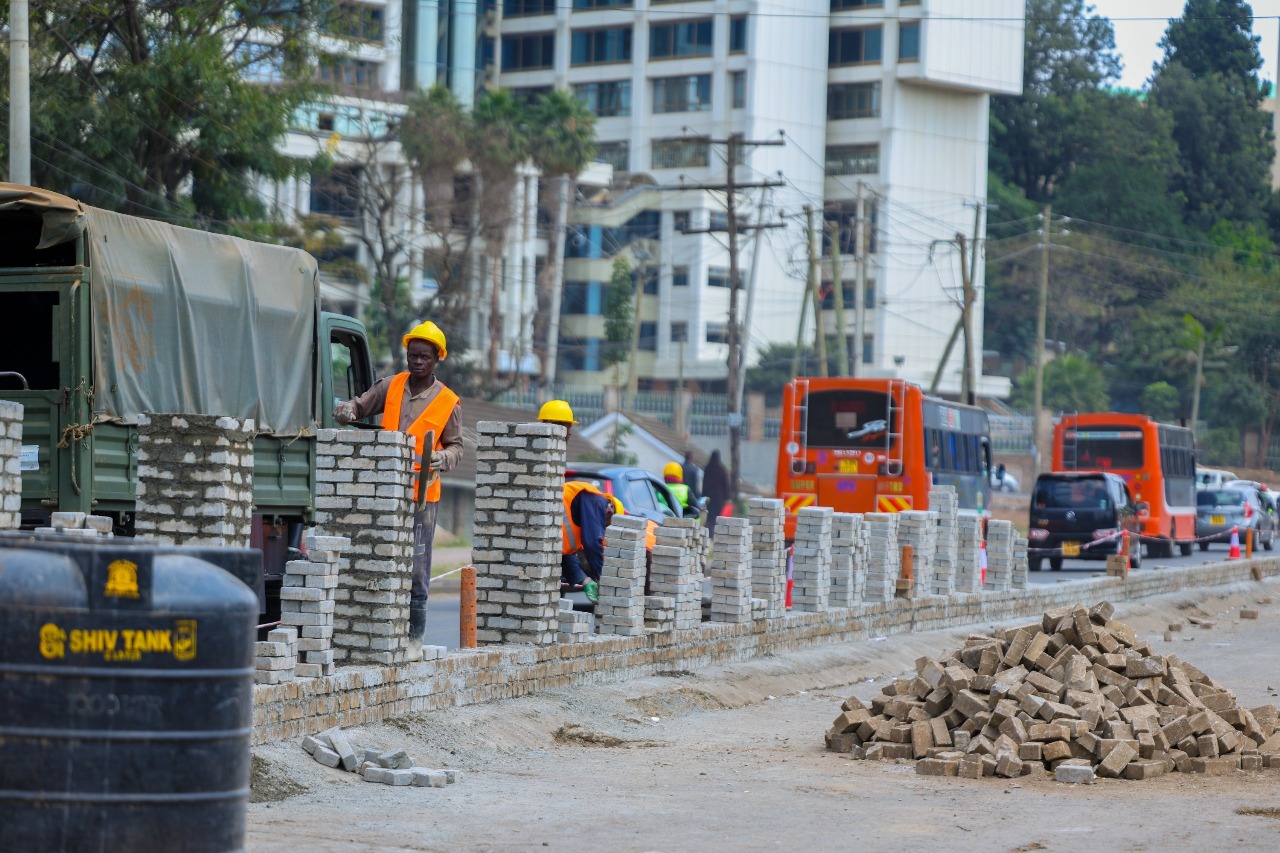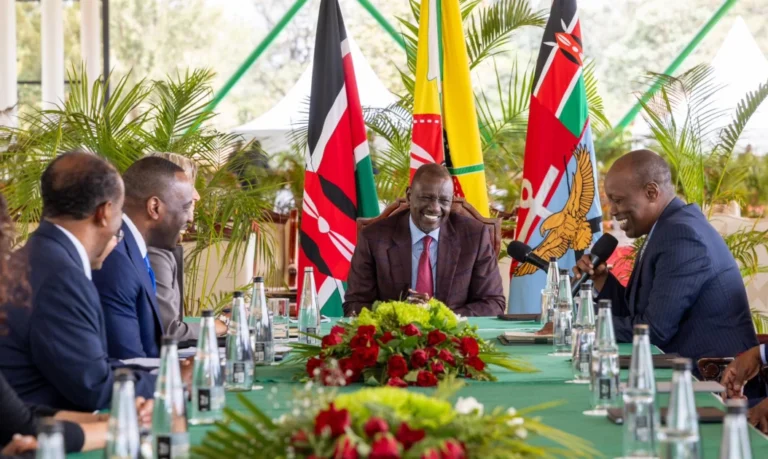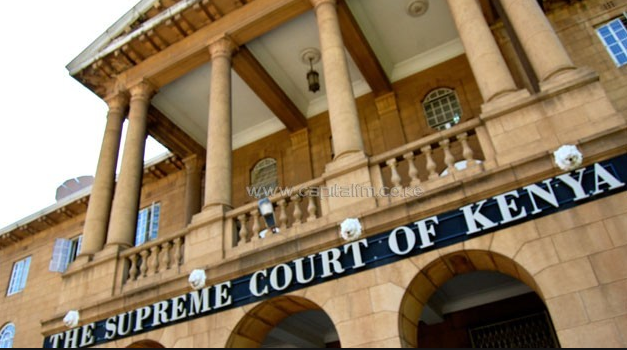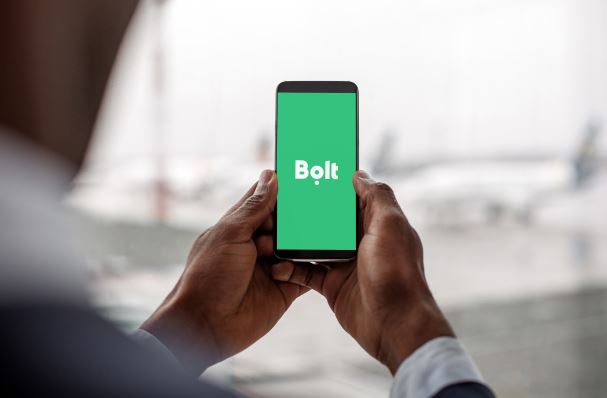House on the road: Meme trends as KURA revives Kenyatta Avenue works
NAIROBI, Kenya, Aug 2 – Some Kenyans are joking that the government is now building houses on the road, while others claim it’s Nairobi’s boldest move yet in affordable housing.
But the Kenya Urban Roads Authority (KURA) is laughing it off, dismissing the viral rumours about the “housing-like” structures popping up along Kenyatta Avenue.
Speaking at the site, Eng. Benjamin Asin, Assistant Director in the Directorate of Urban Roads Design and Planning, clarified that the concrete pillars being erected are not houses, but part of a temporary safety wall supporting the construction of a viaduct.
“I’ve seen people asking why we are building houses on the road. Just to clarify, these are not houses,” he said with a chuckle.
A viaduct, he explained, is a type of elevated road or bridge built over land to help vehicles bypass obstacles like valleys, railways, or congested roads, much like the Nairobi Expressway.
The temporary masonry wall, which has sparked so much speculation, is there to protect both workers and the public as the Valley Road–Kenyatta Avenue interchange and overpass construction gains momentum.
“This is an active zone with a lot of activity. It requires heavy machinery, so we need a very efficient holding structure,” said Eng. Asin. “The wall will be removed once the works are complete.”
According to KURA, the viaduct will connect from the Milimani Law Courts frontage to the National Library, creating a unidirectional traffic flow designed to ease gridlocks that frequently paralyze the area.
The 0.7-kilometre interchange starts at Integrity Centre and stretches toward Serena Hotel, with another branch under construction at Milimani Close. The broader project also includes the expansion of Nyerere Road, State House Road, and Ngong Road.
“We have major traffic jams around here due to conflicting movements. This viaduct will help us fix that by establishing a one-way traffic system in and out of Upper Hill,” he said.
Beyond easing vehicle congestion, the project also includes walkways and cycling tracks, catering to Non-Motorized Transport (NMT) users.
“To the normal mwananchi, this road is going to help,” Eng. Asin added. “We’re improving active mobility walkways from Valley Road all the way into the CBD.”
According to the Engineer, the project had initially stalled due to non-payment of contractors, a challenge linked to a Ksh175 billion backlog in pending road bills inherited by President William Ruto’s administration.
The debts owed to 580 contractors had brought the construction industry to its knees.
But through a securitization intervention, the government unlocked funds to restart critical roadworks including this interchange.
Construction of the Valley Road–Kenyatta Avenue/Ngong/Nyerere Road Interchange and the Upper Hill–Haile Selassie Overpass, along with associated road networks in Nairobi County, resumed in earnest.
The project originally broke ground on 17th September 2020 and was slated for completion within 36 months (3 years).
However, the financial delay pushed the timeline.
“The contractor is now on site, highly mobilized and has commenced work on the remaining sections including the viaduct. This section will be elevated, with service roads on either side, just like what we have on the Expressway,” said Eng. Asiතෙල්
With the revised schedule, the project is now expected to be completed by 17th December 2026.
Eng. Asin in conclusion is urging Nairobians to rest easy, noting that there are no apartments springing up in the middle of the road. Just a bold, elevated step toward solving the city’s traffic nightmare.








